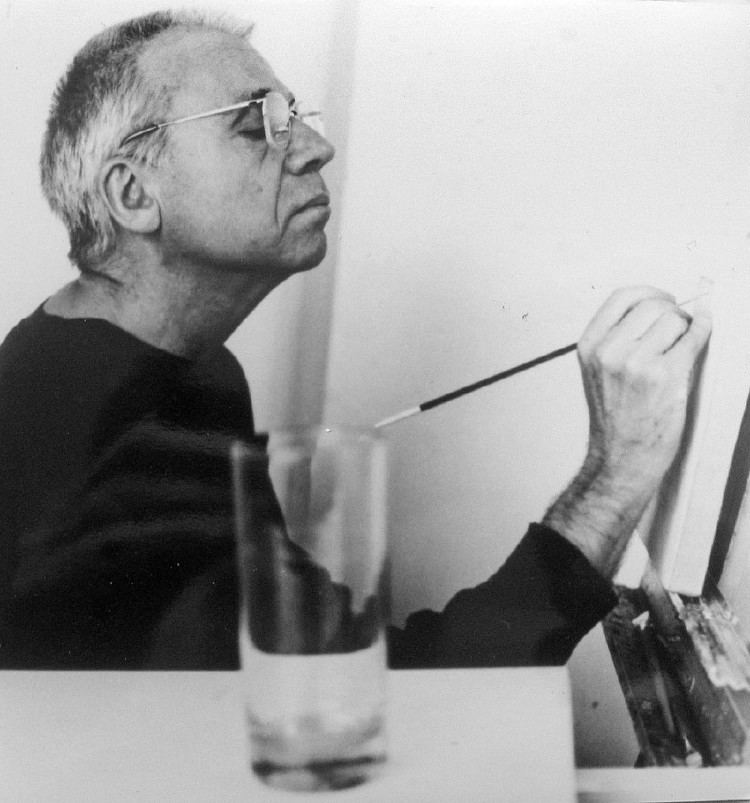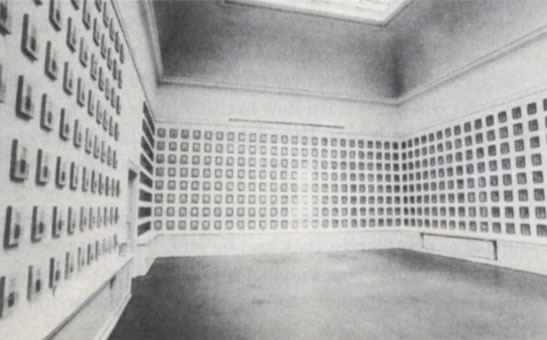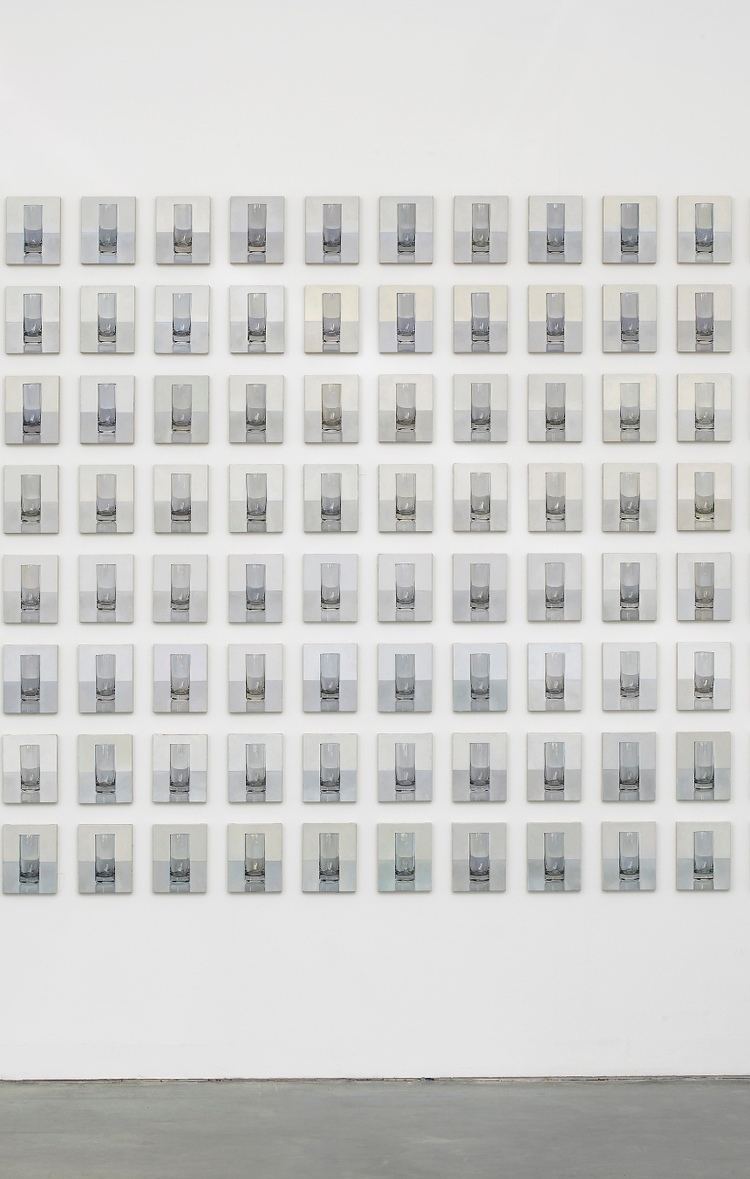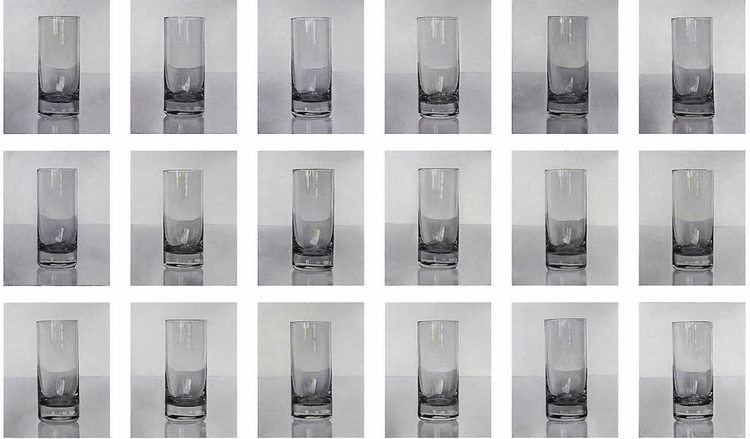Name Peter Dreher | Role Artist | |
 | ||
Born August 26, 1932 | ||
Day by day peter dreher
Peter Dreher (born August 26, 1932) is a German artist. As professor emeritus of painting, he has influenced a generation of internationally acclaimed artists, including Anselm Kiefer. Dreher has painted series using landscapes and interiors, flower pieces and skulls. His magnum opus is Tag um Tag guter Tag (Day by Day good Day), a series he started working on in 1974. This work received worldwide recognition and praise. Dreher paints realistic objects with a twist of abstraction. His works of art successfully incorporate deconstructive elements of an object without losing its naturalistic beauty.
Contents
- Day by day peter dreher
- Peter Dreher 1932 Conceptual Art Contemporary Realism German
- Childhood and artistic background
- Artistic style
- Job as professor and influence on other artists
- Tag um Tag guter Tag Day by Day good Day
- Skulls
- Solo exhibitions
- Group exhibitions
- Honors and Awards
- References

Peter Dreher 彼得·德雷爾 (1932) Conceptual Art Contemporary Realism German
Childhood and artistic background

Dreher was born in Mannheim, Baden-Württemberg, Germany. When he was 7 years old, he began to draw with determination of becoming an artist. His childhood was deeply affected under the Nazi Regime. When Dreher was 12 years old, his father, a German officer, was killed while fighting in Russia and his house was subsequently destroyed. These traumatic events left Dreher feeling uprooted and painting became a refuge for him, as it allowed him to be disconnected from the outside world. While he was drawing or painting, he was able to be in his own thoughts without interruption.

Dreher felt as if he was living without a home and when he was 29 years old, he decided to build his own house in hope that it would remedy his state of homelessness. Dreher realized that a “home” was not connected to a physical place. Instead, a home is a creation you make through painting, thinking or other actions. He found his home in his magnum opus, the series Day by Day good Day, which he started in 1974 and continues to this day.
Artistic style

In the 1950s, Dreher went to the Academy of Fine Arts, Karlsruhe, when the artistic trend was leaning towards figurative. His trainings were under a number of prominent professors, including Karl Hubbuch and Wilhelm Schnarrenberger, who were part of the Neue Sachlichkeit (New Objectivity) movement, as well as under Erich Heckel, one of the founders of Die Brücke movement. As a student, Dreher also received classical training, where he learned to paint still lifes.

Dreher originally painted still lifes with restrained objectivity but he gradually perceived the objects as paintings instead of objects, which meant he painted for the sake of painting. This approach led him to do different experiments, which would later make him a distinguished artist. He often painted everyday objects, including a nail, scissors, a clock, and landscapes, but it is not merely about reproduction. Rather, he challenges the viewers to see the differences within the familiarity. Dreher explains his approach by citing Japanese artist Hiroshige’s statement that “a beautiful landscape bores him while mediocre and familiar things have the implicit capacity to appear new again and again.”

Dreher is famous mostly for his glass series, Day by Day good Day, but he has also created series using landscapes and interiors, flower pieces and skulls. Kasper König comments that Dreher applies his principle of exploring painting in an objective way. Dreher mentions that he “would like to be a machine,” quoting Andy Warhol, so that he can paint objectively, which he feels is necessary for him to accomplish spiritual meditation and reflection when painting.

While Dreher admired and understood Andy Warhol’s and other artists, like Jasper Johns, Robert Rauschenberg, and Claes Oldenburg’s ideas, he went against the artistic trend of the 1950s and 1960s. Abstract Expressionism, Minimalism, Postminimalism, Pop Art, and Action Painting were among the popular artistic movements, but Dreher remained a realistic and figurative painter. Dreher states, regarding his experience as an artist during that time, “Abstract Expressionists, Jackson Pollock, reigned over the whole art world. You were asked, ‘What do you paint?’ If you said, ‘I am a realistic painter,’ they went away.” Throughout the 1970s and the 1980s, artistic trends continued to change at remarkable speed, however Dreher remained true to his realistic style.
Dreher is often compared to On Kawara or Roman Opałka, artists who work with millions of numbers and signs, respectively. Their works deal with the idea of time and try to capture the transcience of life work, but they were not created as part of a series, like Dreher’s. For Dreher, what interested him was the idea of painting for the sake of painting, which is contrary to the constant innovation and progress that are characteristics of contemporary artists. This approach reconstructs the initial harmony of painting and this is what defines a painter as a painter.
"The special gift of perfect pitch is well known. There is at least one literary model to illustrate the perfect sense of smell: that of the perfumer and murderer Jean Baptiste Grenouille in Patrick Süsskind's world-famous novel Perfume. But I know of no-one in the arts and sciences that has thought of applying this gift to vision. Peter Dreher has the gift of "perfect vision". His ability to fragment colours, their blends and nuances, make him an astounding master of illusionism. In this domain Peter Dreher, a pupil of Karl Hubbuch and Erich Heckel, is a phenomenal talent. Conversations with him about his painting often contain combinations of verbs and nouns which are immediately comprehensible, but which would not normally be used. If a colour blend has been unsuccessful, he may remark that "this red doesn't resonate". Peter Dreher is a synaesthetic; he hears colours, and searches for their absolute coherency and harmony. Seeing is not pure mechanistic reproduction, but a highly complex cognitive process. What, then, constitutes the difference between perfect and normal vision? Putting it simply, one could call it the capacity for extremely sensitive fragmentation. Someone with perfect vision can analyse what he sees into its component parts and reconstitute these into the shade he has in mind without having to test, compare or correct it. What distinguishes him from those with "normal vision" is his blind assurance."
Job as professor and influence on other artists
In the 1960s, Dreher was hired to be a Professor of Painting at the Academy of Fine Arts, Karlsruhe. During his professorship, he has taught and influenced many internationally acclaimed artists, including Ralph Fleck, Friedemann Hahn, and Anselm Kiefer.
Tag um Tag guter Tag / Day by Day good Day
Peter Dreher paints the same empty glass in a series that he started in 1974 and after more than 40 years, he is still working on it. He had painted the same glass more than 2,500 times at night and more than 2,500 times during the daytime. Why would an artist paint the same object for more than 40 years? His series challenges us to think about the differences between receptive and productive processing in how we perceive the world around us. To explain his work, Dreher adopted the term, “phenomenological reduction” from Edmund Husserl’s philosophy on a special form of knowledge. He believes that our perception of the world is pre-structured with knowledge that we already have. Therefore we do not necessarily see objectively. Instead what we see is embedded with our own experiences, interests, expectations, and values.
The glass is always in the same place in his studio and it is always painted life-sized and when viewers look at the series, their initial response is likely to be that they are all the same. While they may be correct that the paintings are of the same subject, each painting reveals something different about the glass. Some glasses are light and clear and some are dark and heavy. Some of the glasses show clear reflections of windows or other things and some reflections are blurry. Dreher forces us to look at the work as objectively as possible and allow ourselves to process each painting as if it were a totally new visual experience. The paintings are realistic in style but by putting them together into a series, the work becomes abstract and conceptual.
This conceptual approach to the glass series has influences from Chinese Chan (Zen) Buddhism, which emphasizes on being alert in the here as one experiences the present. The title of this magnum opus, Day by Day good Day, is part of a quote shared by the influential ninth-century Chinese Zen master, Yunmen Wenyan. The quote can be found in the 6th Edition of the book, Bi-Yän-Lu (Blue Cliff Record), which is a collection of one hundred aphorisms that help people move towards a mystical experience of unity and “awakening” in life. The Zen Buddhists believe that every single piece and object of the world are of the same values and that we should be mindful of our surroundings and observe them without judgment and allow ourselves to perceive the world objectively.
The Pali canon states how Zen Buddhist monks should be mindful: "He watches untiringly with a clear mind, insightfully grounded in his body watching over the body, with his emotions watching over the emotions, with his awareness over his consciousness and with his mind over his mind. One could all this an all-encompassing and undivided attention for what is experienced in the moment, and an elaborate practice of self-reflection—an extraordinarily modern claim and approach which is taken up by present-day psychotherapy and then adapted to one’s own purposes."
Peter Dreher embraces this philosophy and integrates it with Husserl’s philosophy to create this masterpiece. In this way, Dreher is often compared to the famous still life reduction artist, Giorgio Morandi, for they both have similar approaches to painting the same everyday objects by capturing the present moment of seeing the object. Every single time Dreher paints the glass, he tries to perceive it without any preconception and paint what he sees objectively at that moment. Dreher states that painting the glass “is the only place and the only hours in my life when I really feel quiet. Maybe I don’t make the impression of being unquiet, but I am.”
Skulls
Since 2005 he has produced six large paper works focusing on the skull. The pieces measure 156 x 300 cm and show the motif in a variety of settings. The painting surface was a ten-metre length of paper which Dreher cut into various rectangular formats. He then primed these with black acrylic paint. This had to provide good cover, and be durable and isolated in such a way that it would not mix with the motif placed on top. It took a great deal of trial and error before the right paint was finally found. Once the priming process was complete, the artist used a template to draw the outlines of the skulls. Within this set boundary, he then allowed the very liquid white gouache paint to run over the surface. He intervened very little, allowing the surface too more or less paint itself. Thus, random chance became the "artist". There are several works where the "skulls" are placed on a white background because the artist repainted the surrounding area in white. The agitated brush-strokes are clearly visible at these points. This makes the process of painting the surroundings apparent to the observer. Because of the sheer volume – some formats contain up to one hundred closely ranked skulls – the individual motif loses its weightiness and therefore its capacity to frighten, becoming just a shape. Here too the artist is "working through" an important theme for painters: the relationship between the figure and background. The basic shape, which never denies the use of the template, is kept as simple as possible. There is no modulation of light and shade, no illusion of three-dimensionality on the surface. Instead there is an unending variation of different islands of colour. It is clearly apparent that what matters to Peter Dreher here is the act of painting itself. Plus the idea of himself as an instrument. Plus random chance. Completely round shapes continued to captivate the artist: in 2006 he produced about 20 small black-and-white drawings roughly the size of a postcard (15 x 10 cm). The fascinating thing in this case is not so much what is there, but what has been left out. The drawing of the skull is only visible as a fragment. Peter Dreher is fascinated with Edmund Husserl's doctrine of "phenomenology" and the aspect of this philosophical teaching known as "shadowing". This is the term used by the philosopher for the impossibility of perceiving an object in its totality. Objects can be observed from an infinite number of perspectives. However, each of the observer's perspectives necessarily obscures the other possible "perspectivist aspects" of the object. Thus, our perception is only an illusion. In essence we only ever see "one image", a detail of the bigger picture. Our brain relies on experience to fill in what we don't see. Thus, our vision is fragmentary, incomplete and, strictly speaking, two-dimensional – as two-dimensional as our reflection in a mirror. Peter Dreher clarifies the act of perception with the works he classifies under the working title "Fragments". In these "Fragments", observers play a much more active role in the artist-work-artwork triad than they would in a work that is fully formulated to the last detail.
